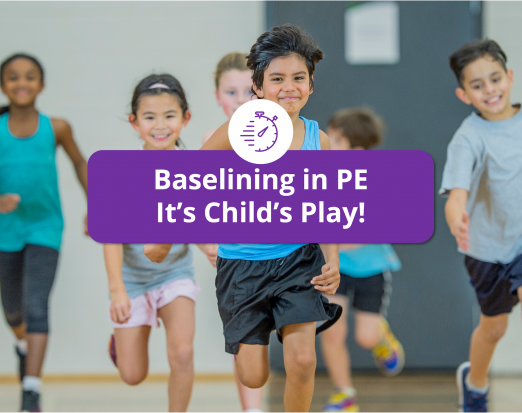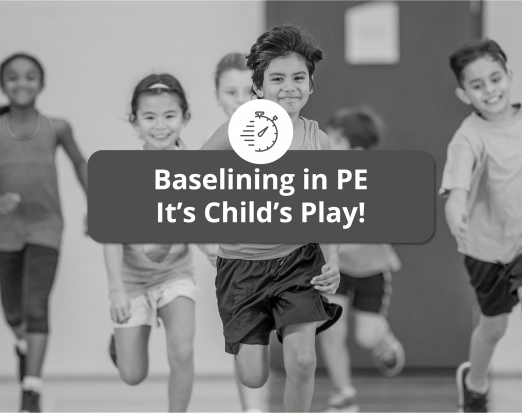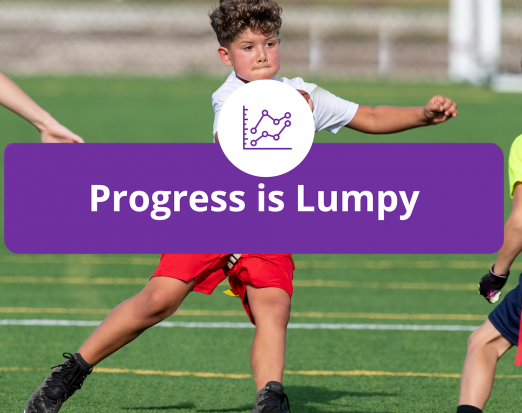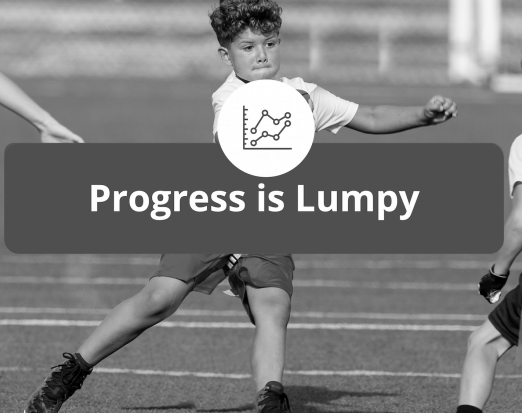Get Sport Ready – Include Strength Training into your Training along with Football Practice
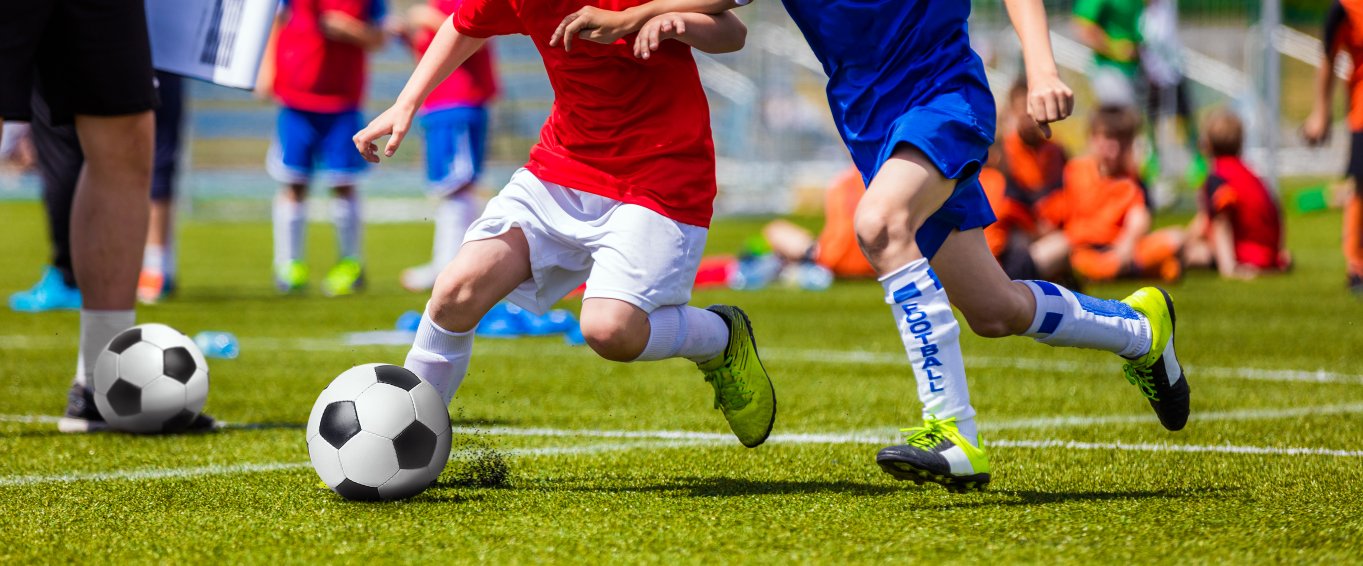
Did you know that football, like most sports, require a range of strength, as a foundation of strength can help with overall player development and reduce the risk of injuries – especially overuse injuries or sport-related injuries. Unfortunately, player develop, especially youth player development is generally low within most sports, including football. When youths are playing football, each player is coping with the demands on the game. This includes, frequent episodes of short accelerations (under 10m), a range of jumps – different take offs and landing positions (the player must cope with the landing or what is known as the ground reaction force), and agility or cutting – the ability to change direction at speed (both from an attacking and defending context).
Here are some of the benefits of strength training for youth footballers:
Strength Training can help with Anatomical Adaptation
What does anatomical adaptation mean? Generally, means, getting the body prepared for the sport. As previously mentioned, all sports place certain demands on the different systems of the body – cardiovascular system, skeletal system, and musculature system. Therefore, it is important that the body can cope with the demands, from youth to mature players. For example, when jumping, a player needs to cope with high levels of ground reaction forces, this is also true when accelerating and performing high speed runs.
So, to help youth players it is recommended that they are exposed to some general strength training, for example, circuit training. Circuit training is a great way to expose strength training to youth players. The players can practice a range of movements that recruit large muscle groups, plus, the exercises will develop motor skills, including balance, and coordination.
By completing general strength training the youth players will develop their strength, mostly through neuromuscular adaptations. This means that the brain and muscles are becoming are working together and learning new strategies. Furthermore, by completing weight-bearing exercises, and if the skill allows, add kettlebells, or medicine balls to the exercises, this extra load will help with bone formation, tendon, and ligament function.
Reduced the Risk of Overuse Injuries and Sport Related Injuries
Unfortunately, the injuries in youth sport are increasing, with most of the injuries being classified as either overuse injuries or sport-related injuries. We are aware of the risk factors that are associated with musculoskeletal injuries – ankle, knee, hip, and lower back.
These risk factors include sport specialisation – playing one sport throughout the year. This may also lead to overuse injuries. Furthermore, playing one sport may lead to a lack of motor skill development.
By adding strength training into a youth’s training schedule, they will help to reduce the risk over sport specialisation, introduce a range of other skills, especially balance and coordination.
Reactive Strength – Plyometrics
Plyometrics are sometimes called jump training, or shock training, as the movements are generally performed with bodyweight, but require the body to be moved as quickly as possible. The spectrum of plyometrics includes jumps, hops, and skips (sprinting can also be viewed as a plyometric drill). Normally strength training like press-ups is performed slowly with good motor control (technique), however, plyometrics are performed quickly with a focus on minimal ground contacts.
Youths who are new to plyometrics will move slowly, as they learn the skill. This is essential, as the skill development will include, rhythm, coordination, and balance. As the youths improve their skill, their speed will naturally increase, which demonstrates an improvement in reactive strength.
Our goal is to develop effective movement strategies in children, with their movements becoming more efficient, demonstrating improvements in motor control and performance. Hopefully this will also improve their confidence and their enjoyment in being both active and playing sport.
Improve a range of fitness components and motor skills in children
The Total Sport App empowers children to access fun activities to improve a range of fitness components and motor skills.
- Develop the fundamental movement skills - agility, balance and coordination
- Try new skills, like dance and yoga
- Learn the importance of nutrition, sleep and activity for overall wellbeing
